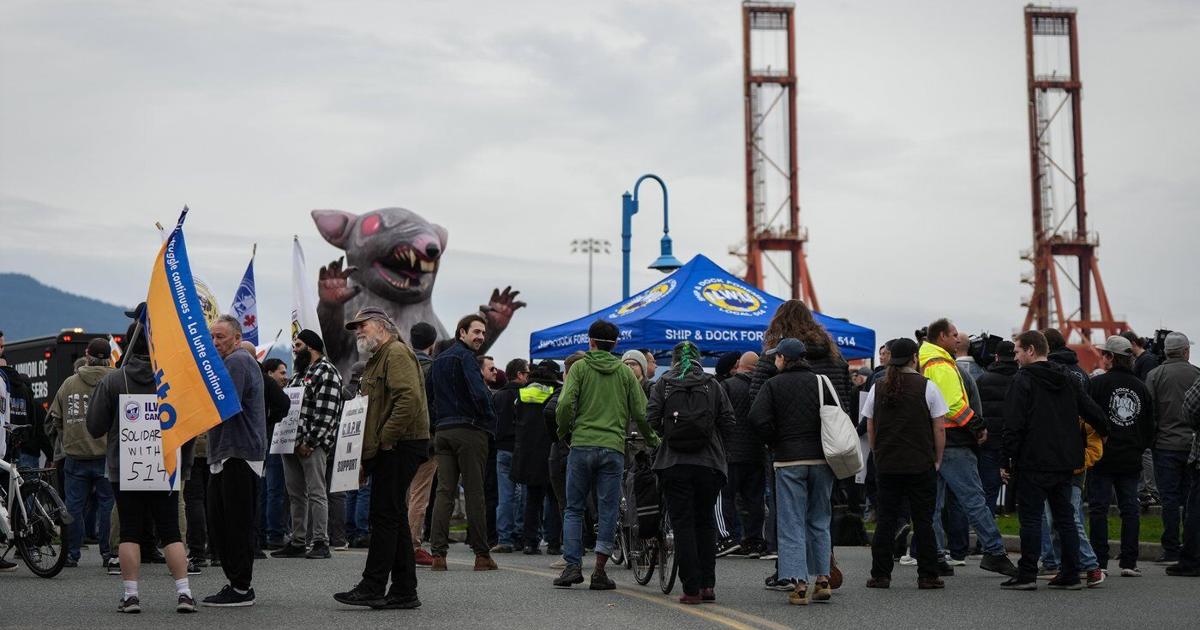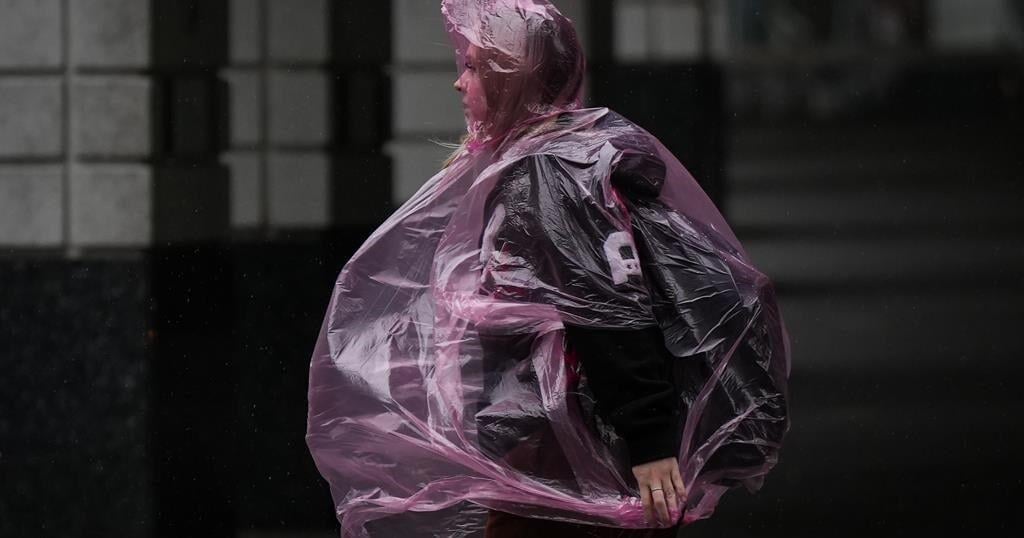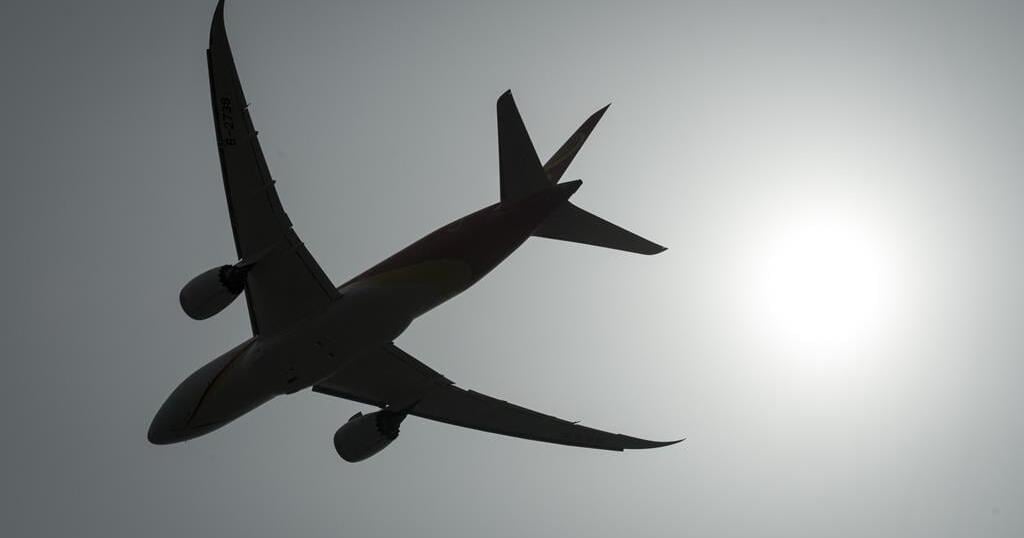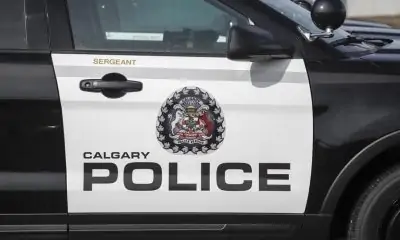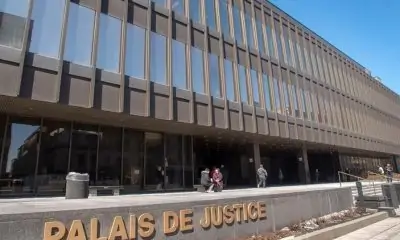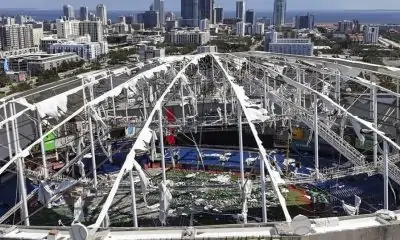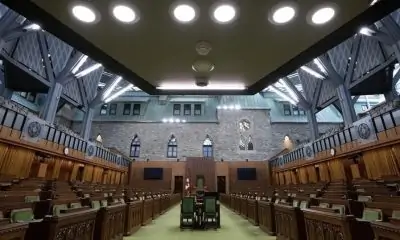NEW YORK (AP) — Kelly Clarkson says she’s learned a thing or two about interviewing after being in the spotlight as a recording artist since 2002. So, she’s created a safe space for guests on season six of her talk show which launches Monday. Burned by media stories in the past, the Grammy-winning singer-songwriter says she takes a different approach with guests on her daytime show.
Fans of the show — based in New York for its second year — can expect more celebrity interviews, human interest stories, and Clarkson’s signature “Kellyoke” musical performances. Clarkson says she likes to make guests feel comfortable, often playing games and infusing humor into her segments.
Clarkson is also an executive producer on the show, which has won 22 Daytime Emmy Awards, including Outstanding Daytime Host and Talk Show last year. She spoke to The Associated Press recently about how she approaches interviews, covering new artists and staying incognito on the subway. Answers have been edited for clarity and brevity.
AP: What are you most excited about in the new season?
CLARKSON: By season six, people kind of trust our show more. I think a lot of times some actors or artists — especially in the limelight — they get a little nervous about going on shows because they’re like, “Are they going to try and angle something? Or get some sort of soundbite or clickbait?” That’s not what I’m about. I’ve obviously had that happen to me in my career, so I don’t want to do that to anyone. I think people by now feel safe there, and they’re willing to like, you know, play a dumb game that’s just fun or they’re willing to talk about things that maybe they don’t normally talk about.
AP: What have you learned from being on the other side of interviews?
CLARKSON: I know what the receiving end feels like. You just want to promote something that you’re proud of, and then having to shadowbox your way through an interview so somebody is not trying to make their career off something they try and get you to say — it’s just gross and it’s hurtful. There’s been certain things, like where I help navigate the interview in a way that I’m comfortable. I never ask someone something that I wouldn’t mind answering. I definitely have been on the receiving end of that in a positive way and in a very negative way. I just want people to feel safe and comfortable because it’s supposed to be a good time, you know?
AP: Who are your dream guests?
CLARKSON: Everything is a cherry on top at this point. I’ve had the most amazing bookers for my show. I hung out with Dolly Parton and Cher and Heart and Alanis Morissette and Babyface and like all these artists that I love musically. And then I got to hang out with Josh Brolin, who was like in “The Goonies” and he’s Thanos, and it’s like, so cool! Meeting people that you love in their movies or for their work and then, you know, getting to see a sneak peek of who they are as a human is very fun. I always say Meryl Streep — she is one of my favorites in the industry, whether it’s singing or acting or whatever.
AP: Your “Kellyoke” segment is a fan-favorite, and you cover many popular songs. Which new artists are you listening to now?
CLARKSON: I’m a big fan of Chappell (Roan.) I’m actually covering her quite a bit this season. I love Fletcher. I’ve always been covering this generation, like Billie (Eilish) or Olivia Rodrigo, there’s a lot of them. There’s a lot of talent — Sabrina Carpenter I’m a big fan of. I’m like 42, but I love it. Music is music. That’s the cool thing about it. There is no specific culture, specific age, specific, whatever you have to be — it’s for everyone. I cover 180 songs a season, which is awesome. It’s just a lot of work, so to be able to sing songs and be so excited about like these new up-and-coming artists. It’s exciting covering these songs and then challenging you a bit but I love this. It’s a great generation of artists right now.
AP: Is it true you ride the New York City subway? Don’t you get recognized?
CLARKSON: Not at all! Girl, I don’t look like this — (motions to made-up face) — this is not how I woke up! (laughs) I usually am in a mom bun, or a hat and I get away with it. It’s only when I speak — as soon as I open my mouth to speak is when people will go, ‘what?’ And then that’s what gives me away. I have a very talented (hair and makeup) team named Harry and Potter — that’s what I call them (laughs) — and I’m very lucky. I realize that. On “The Voice,” like I remember, any time I’d ever go out with Blake (Shelton) anywhere or John (Legend) they just look like them all the time. They can’t get away with it and they can’t go anywhere. I’m very blessed. I get away with leading a pretty normal average life, and I don’t think a lot of people in the limelight get that. But yeah, the subway’s just faster! So, we’re on it all the time.



